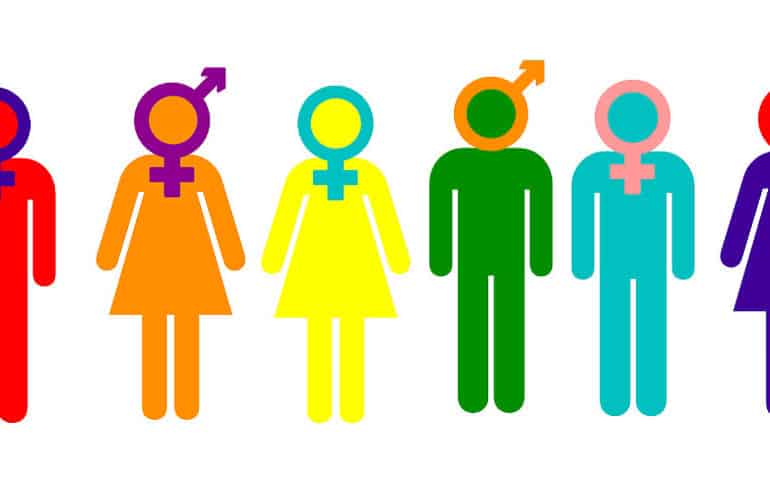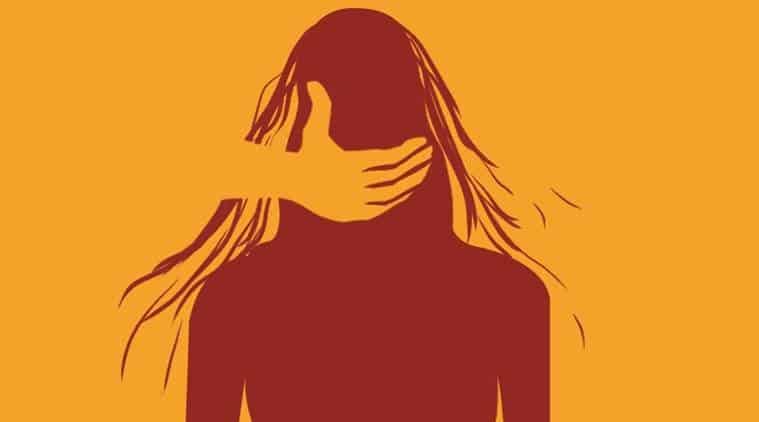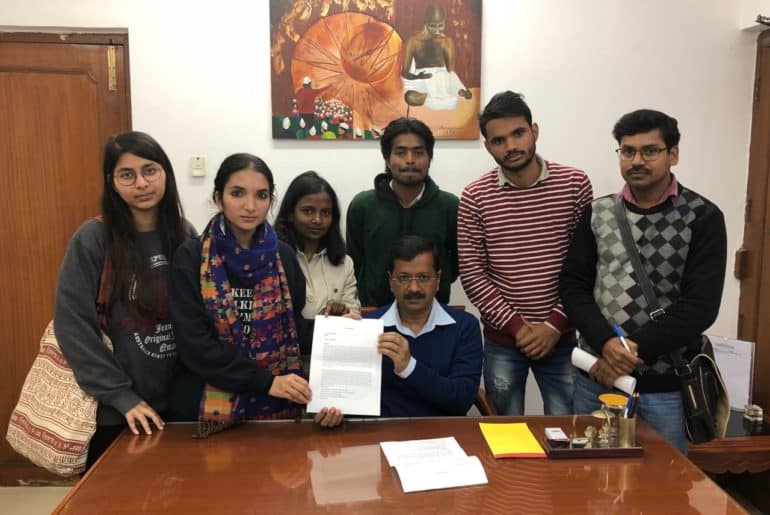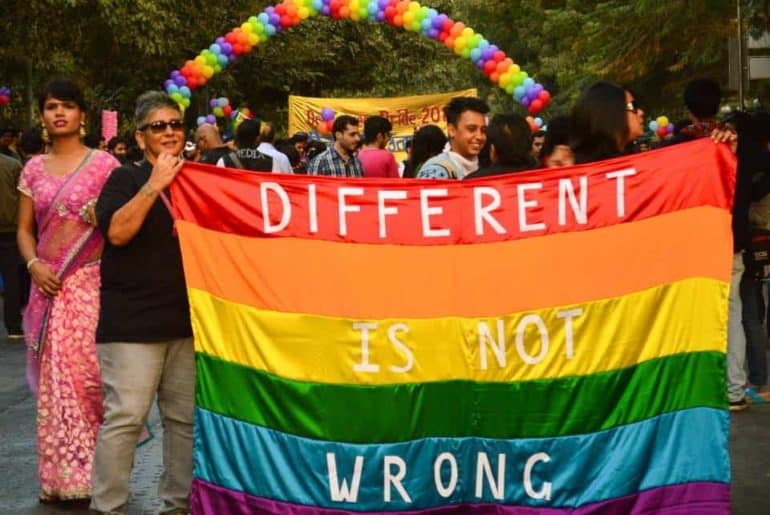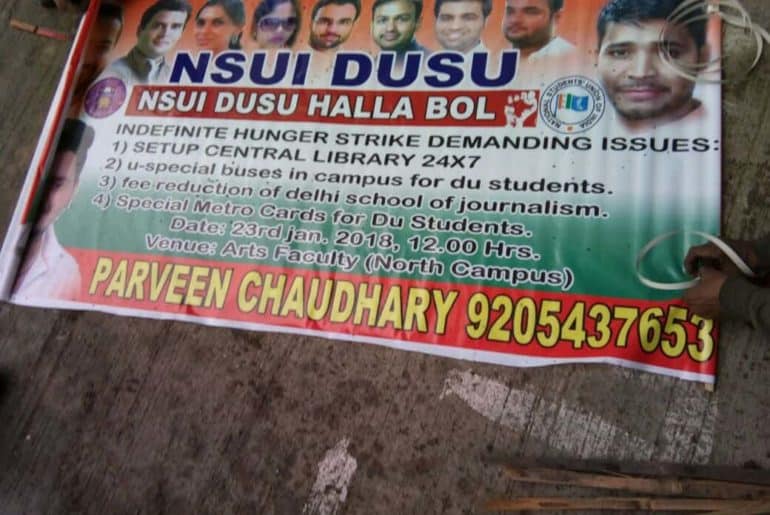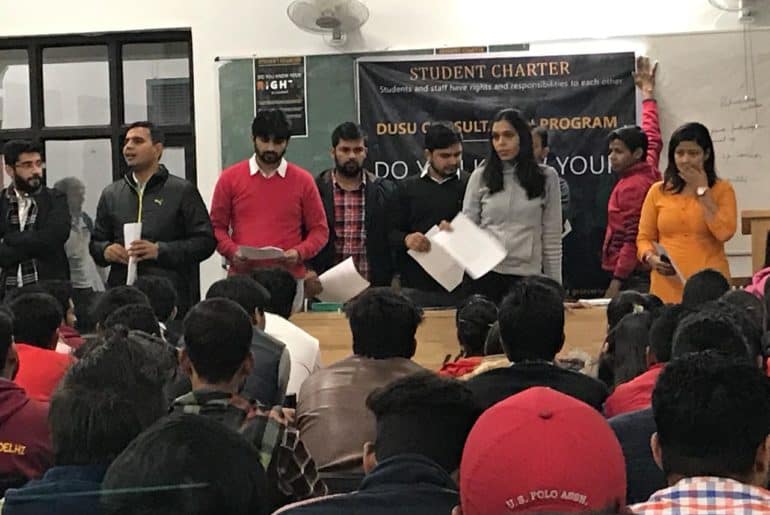The subject of sex has been shushed in classrooms, homes, and streets, even though it is an important part of everyone’s lives. With the hush around sex comes a lack of awareness and education. DU Beat aimed to burn the taboo of sex and created its own column for sex education with Sex Amma – a fun, humourous, yet educational and helpful column that answered questions about sex and related things.
The ‘sex education’ classes back in school focused on how a child is born and what the names of all the genitals are. But what about indulging in sex out of choice? We were never taught what to do if having kids wasn’t the goal; ‘sex for pleasure’ as a concept only existed in pornography and was, quite expectedly, looked down upon. College was no different. Sure, everyone was doing it, but no one talked about it and no one asked questions; sex was still a taboo. It is difficult to learn about contraceptives if your parents change the radio station when the condom advertisement comes on, and it is impossible when the government does not play any condom advertisements during waking hours. This is what the students of the University of Delhi faced in a conservative country with an even more conservative government.
With the great free press comes great responsibility. The idea of a sex column is not novel. All leading newspapers and media use their freedom of expression to try and educate their audiences more and more about sex and related health problems through these columns. DU Beat led the charge from a student perspective. As India’s largest campus publication and as an entirely student-run platform, we felt it was our responsibility to try and answer questions that the students of the University of Delhi had about sex, relationships, and intimacy. And so, Sex Amma was introduced as a weekly column in 2008. The column was widely loved and became so popular that Hindustan Times did a special feature on it.
The queries Amma got ranged from “What is the use of flavoured condoms?” to “How do I protect myself from STDs?” and were not only limited to questions; Sex Amma got a lot of ‘fan mail’ as well in the form of inappropriate messages. During all this, the column did its part in helping its readers become more aware of sex and related topics, while also making use of the platform to wipe out the taboo around the subject by talking about things that still were not openly discussed. The queries and concerns that were received were also related to body positivity, a healthy sex life, and the LGBTQ community. Moreover, not only did the column provide educational information, it also gave advice on improving mental health.
Unfortunately, Amma’s cleavage and flash of her thong, as well as her quirky way of calling her readers idli and dosa were not appreciated by a select few, after which the conversation around Sex Amma turned into something it was never intended to be. Focus was shifted from the column that provided humour and education to DU students to the inappropriate nature of the column simply because of its subject. However, even as Amma took a break for a few months, the magnitude of her revolution was not forgotten. She sparked a change in the way people viewed sex education – there were finally answers for the many questions that were not discussed anywhere else. The column had successfully become a space for students to talk, and raise questions, about sex.
The column had one sole purpose – to provide a fun, humourous take on something that was everyone’s favourite thing to do, yet considered a taboo. Sexual health, STDs, LGBTQ rights, contraceptives, and body positivity, needed to be talked about and Sex Amma was the platform that made it possible for these queries to be answered. As firm believers in freedom of expression, we will continue to strive for a University space that does not allow taboos to hijack our education, regardless of its form. After all, it is nothing to be ashamed of, is it?
Anagha Rakta
[email protected]


